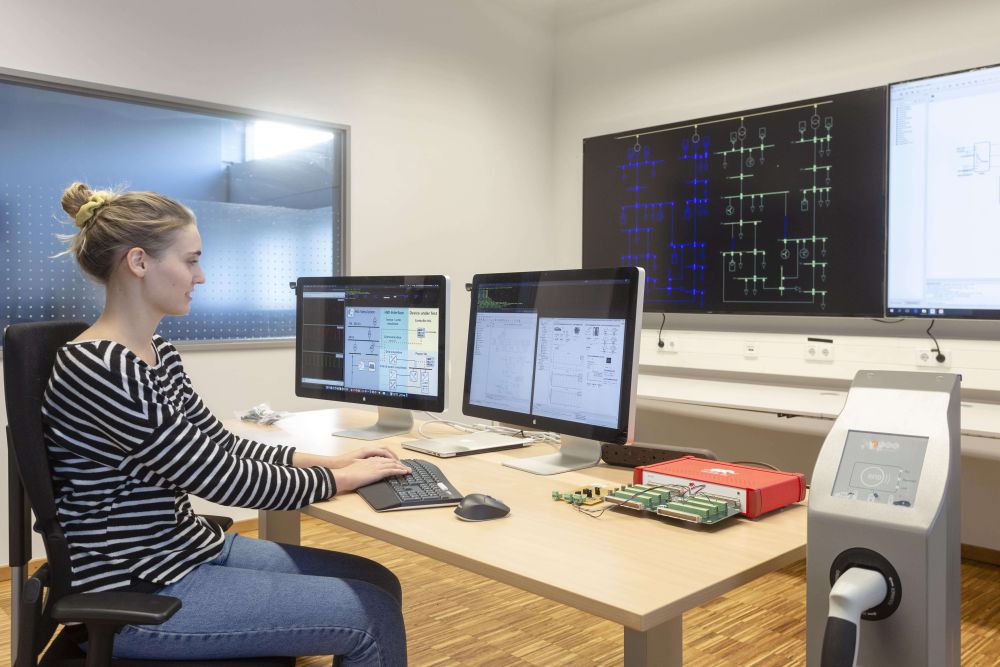| Duration: | 09/2020 -12/2023 |
| Contracting Authority/ Sponsors: | Bundesministerium für Umwelt, Naturschutz, nukleare Sicherheit und Verbraucherschutz |
| Project Partners: | Hochschule Konstanz (HTWG) – Konsortialführer, International Solar Energy Research Center Konstanz e.V. (ISC Konstanz), Stadtwerk am See GmbH & Co. KG, Energiedienst AG |
| Website: | https://www.htwg-konstanz.de/hochschule/projekte/ai4grids/ueber-ai4grids/ |
| Project Focus: |
AI4Grids
AI - based planning and operational management of distribution grids and microgrids for the optimal integration of renewable generators and fluctuating loads in the context of the energy transition.

To slow climate change, we need a shift away from fossil energy sources. However, the necessary expansion of renewable energies and the switch to electric cars pose challenges for the power grid: Solar and wind energy feed power into the grid very irregularly, while electricity energy demand is constant or increasing, especially in cities. Nevertheless, new flexible consumers, such as electric cars and heat pumps, can become the solution for the energy transition in interaction with fluctuating renewable generators - through intelligent grid control.
The aim of the project is to efficiently integrate the generators and consumers needed for the energy transition into the medium- and low-voltage grid by means of intelligent grid management. In this way, a better synchronization of energy quantities and grid capacities is achieved.
To this end, algorithms based on artificial intelligence (AI) are being developed to support the planning and operational management of power grids at the distribution grid level. For example, in the event of a fault, an algorithm will issue a recommendation for action to the control room in order to quickly rectify the fault. Such an AI-based approach to operations management requires a comprehensive picture of the network state. To this end, automated procedures continuously monitor the current network structure and the installation of new network users. In addition, the AI system is supplemented by integrated load forecasting, which uses weather and consumption data for prediction. Targeted control of consumers and a reliable forecast of generation can protect the grid from critical loads and ensure a stable power supply.